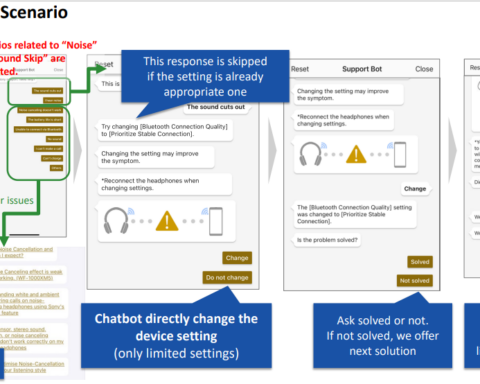New findings from Indeed’s quarterly hiring tracker shares insights on the rise of workplace trends in India Inc and examines how trends like moonlighting, quiet quitting, hustle culture and ghosting culture are playing out in the Indian world of work.
Several workplace movements like moonlighting, quiet quitting, tang ping, etc. have gathered momentum since the start of the pandemic. Philosophy of many of these strangely unifies – A rising proportion of the young workforce believe going above and beyond at work isn’t in their best interest. This mindset change has given rise to various trends at work that are cantered around employees trying to regain their work life balance, bring in more flexibility and move beyond the traditional 9-5 definition of work. The new Indeed research makes an effort to understand the causes of such trends and how businesses and employees may cooperate in order to better grasp how to retain top talent and lay the foundation of productive business growth.
Moonlighting is not equally widespread across sectors
Moonlighting is one of the trends that has been heavily debated in the last few months. Employee moonlighting is a situation in which an employee works more than one job. Usually, the moonlighting employee has one full-time job and one part-time job, though some use the term to refer to any situation in which a person works for more than one company. Most moonlighting situations that may require an employer to develop a moonlighting policy occur when the moonlighting employee has a “primary,” usually full-time position, and a “secondary,” or part-time position. Our study shows that less than one out of five employees (19%) surveyed want to moonlight in India with a large majority of employees (81%) saying they do not wish to take up another job alongside the one they currently work in; citing it as unethical.
In most sectors, a large percentage of employees feel moonlighting is unethical and violates the contract. This is seen in sectors like healthcare and pharmaceutical (70% of employees), FMCG (71%), and manufacturing (79%) echo similar beliefs about moonlighting. However, in the IT sector, a larger share of 43% of employees find moonlighting favourable. This highlights that the new age work trend is not equally prominent across sectors.
The top reasons why employees moonlight are [1] To safeguard against job loss (37%) [2] To supplement their incomes (27%). However, employers have a different view of this tendency – 31% believe that employees moonlight because they are not adequately engaged in their work, and 23% believe that employees have ample time on hand for a second job.
Job seekers feel Quiet quitting caused by burnout and lack of support
Similarly, quiet quitting is another trend that has arisen due to employee stress and burnout. At its core, quiet quitting rejects the idea of intentionally attempting to exceed expectations at work. Instead, workers gradually disengage from doing anything beyond the minimum needed to keep their job. Interestingly, 33% of the employers surveyed believe that low general job satisfaction (boredom, lack of challenges, etc.) is the main reason for the growing trend of quiet quitting, and 21% believe it is a lack of commitment to jobs. Employees cite a different set of reasons – 29% of employees surveyed believe that the feeling of burnout or being overwhelmed with work and 23% believe that lack of support by managers or bosses, has led to the growth of the trend.

Sashi Kumar, Head of Sales, Indeed India said, “What people want from work has changed forever – It is not just about just clocking in hours and going back home. The pandemic has made employees step back and reevaluate priorities. In an era where talent is valued more than ever, employers are shifting from a focus on employee experience to employee life experience – more open PTOs, flexibility at work, a movement towards hybrid work etc.
In the past few weeks there have also been several global uncertainties that have led to layoffs across the globe. Amidst this, it’s important for employers to relook at their workplace culture and address the underlying issues that are driving such trends. The world of work is transient right now and we might see more such trends play out as we acclimate to the new normal of work.”
Hustle culture gaining prominence
As per Indeed India Hiring Tracker – 89% of job seekers surveyed were hired during the July-September 2022 quarter, indicating a healthy market for Indian jobseekers. Interestingly, there is a rise in hustle culture – 43% of employers surveyed believe monetary considerations (earning more and leading a better lifestyle) are the reason for the popularity of the hustle culture. On the other hand, employees say that earning more, repaying loans (37%) and career growth (29%) are the reasons for hustle culture
Methodology
This survey was conducted by Valuvox on behalf of Indeed among 1,281 employers and 1,533 jobseekers and employees in the months between July and September, 2022. The survey respondents were segregated into cities, and further categorized into Large, Medium, and Small organizations, and then into sectors.






